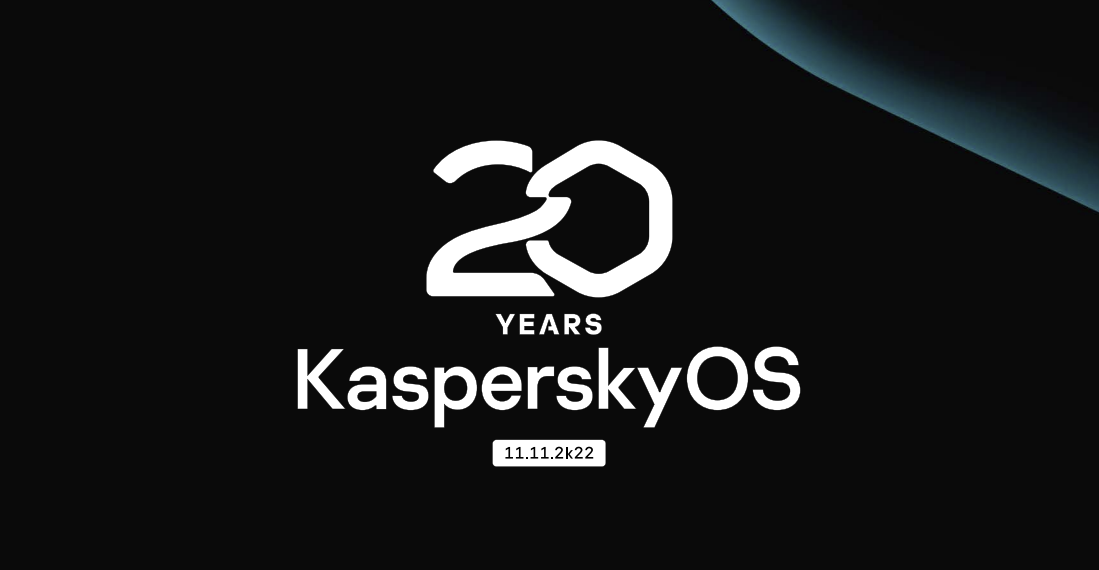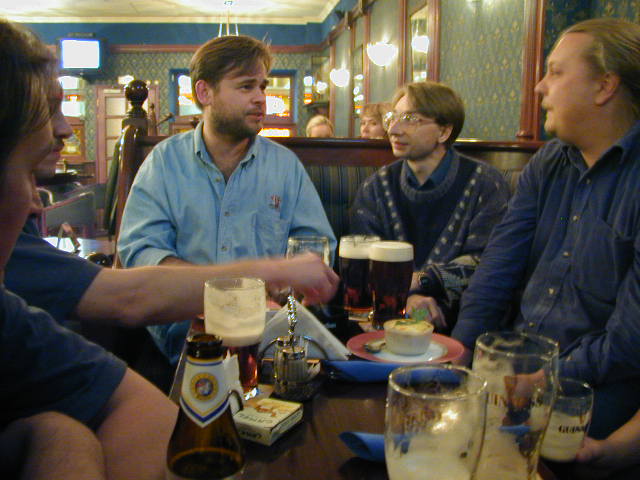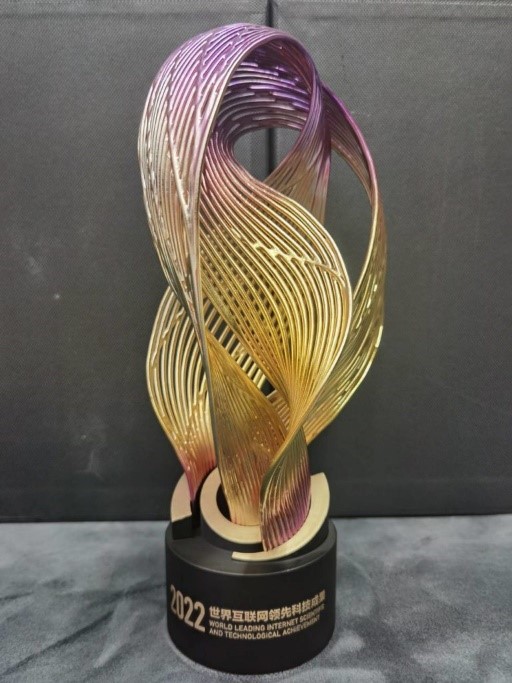November 11, 2022
11.11: Twenty years to the day!
Greetings boys and girls!
Suddenly – we’ve another jubillee. Hurray!…
Our cyber-immune operating system – KasperskyOS – is today… wait. No, that’s not quite correct…
Exactly 20 years ago – on November 11, 2002 – we began a long, hugely significant journey; a journey we’re in fact still on. A large, grandiose project that will change (and is already changing!) so much in the global cybersecurity domain. And that’s not hyperbole folks – it’s for real. And to get the full (hi)story of our cyber-immune OS, we need to go back to its humble beginnings in the early 2000s…

But before I go back 20 years, let me say a few words about today – November 11, 2022. Everyone today (besides the cave-dweller) understands perfectly well the critical importance of cybersecurity. Trillions of dollars are spent today on treating the symptoms of cyber-disease, but hardly any on dealing with its root causes. And the only way to break the cycle of constant Band-Aiding those symptoms is an overhaul of the architecture of computer systems, no less. Agree? Yes? Good, and thank you!…
The first time I’d gotten an inkling about this was even earlier than 20 years ago – in the fall of… 1989! For it was then when my PC became infected with the Cascade virus, which got me all curious and prompted me to start developing protection against it and all other cyber-contagion.
Thus, curiosity killed the cat was the start of everything for us. It was why our –V anti-virus first appeared, later why Kaspersky Lab was founded, and later still why we expanded right around the globe.
Fast-forward a full 12 years after Cascade, and my understanding of the imperfection of existing operating systems and the urgent need to do something about it finally, let’s say, crystalized, and came to the surface on a practical level (apologies for this perhaps seemingly over-detailed history tree, but it is, after all, our heritage:)…
That understanding crystalized as a result of the following logical chain:
1) Digital maliciousness was on the rise – and it was only going to get worse; that is – greater in scale, more varied, and more complex. There was a risk even that at some point the global cybersecurity industry simply wouldn’t be able to cope.
2) The principle problem was the principle security-shortcoming of operating systems: they had more holes in them than Swiss cheese; in other words – they were vulnerable. And to be able to provide a sufficiently high level of guaranteed security for them was simply impossible.
3) The above two points led to the following question: could an OS be made that’s secure from the outset? That is – secure by definition, and architecturally and mathematically proven to be so (later came “secure by design”); an operating system that doesn’t need antivirus at all: a cyber immune OS.
That third point led to a series of focused meetings attended by our team of top engineers/architects/visionaries. And the first such meeing – due to our having no conference room back then – took place in my small office at HQ on… November 11, 2002.
How heated the discussion had gotten I can’t recall. I do recall however that there were six of us there (and that all of us emerged afterward unscathed!). I also remember how the idea fairly captivated us all and continued to do so in the ensuing meetings – which did actually take place despite the fact that all of us then were busier than we’d ever been. But Rome wasn’t built in a day, and neither was our secure OS: so we continued to have such meetings for several years. Incidentally, we decided to move the meeting venue to… the Fox & Pheasant pub on Tverskaya Street in downtown Moscow (don’t look it up; it’s long since closed). Thus, our early ideas regarding plans for our OS were unceremoniously scribbled down on the pub’s paper napkins. Very scientific. But I digress…
Come 2005, and our OS project moved from the conceptual stage to a practical one: Andrey “Petrovich” Dukhvalov and his posse dropped by my office one day and announced that they’d finished with the conceptual planning and that it was time seek out suitable developer-talent. Which was a bold announcement given that we had… zero experience in OS architecture! And that was that: it had begun: gradually at first, gaining momentum later on. Trials, research, and a great many mistakes. In 2006 we obtained our first patent on OS technology (today we’ve 90 globally). In 2013 we started beta-testing the prototype. In March 2015 we launched the Kaspersky Security System platform, and a year later came our first commercial product – the Kraftway network switch powered by KasperskyOS. And on and on, and up and up… Next: our industrial/IoT Secure Gateway, then our Automotive Adaptive Platform, and just recently – our thin client, which the other week won the prestigious “World Leading Internet Scientific and Technological Achievement” award at the World Internet Conference in China.
And we’re still forging on and on and up and up today: we’ve gotten planned grandiose KOS projects of a federal scale, we’re creating an ecosystem for developers (for all who are interested – check out the Community Edition of the OS), and we’re seeing great interest shown globally. Thus, the project’s not been in vain. Not in vain were those meets in the Fox & Pheasant. Not in vain has been everything KOS-related. Not in vain was the whole 20-year-long visionary project in confirming what I truly believe in: keep going – despite everything. Or, as Winston once chimed in the most trying of times: “Never give up!”.




